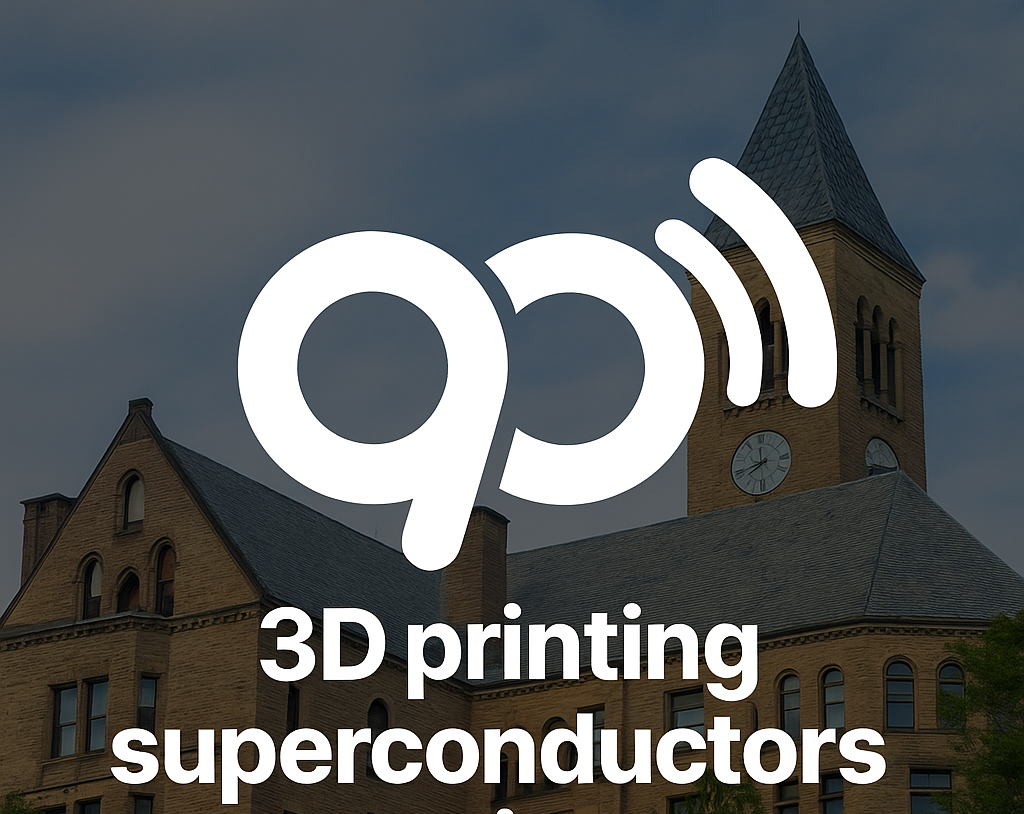In a groundbreaking development for materials science, researchers at Cornell University have introduced a game-changing one-step 3D printing technique to create superconductors with unprecedented magnetic strength. This innovation is expected to accelerate progress in advanced technologies such as quantum computing, MRI machines, and next-generation electronic devices.
🔬 What Makes This Breakthrough Special?
Superconductors are unique materials capable of conducting electricity without resistance when cooled to low temperatures. Traditionally, their manufacturing required complex, multi-step processes that were time-consuming and resource-intensive. However, the Cornell research team, led by Professor Ulrich Wiesner, has simplified the entire process into a single-step printing method.
Using a special “superconducting ink” made of copolymers and inorganic nanoparticles, scientists successfully 3D-printed niobium nitride. A targeted heat treatment transformed the printed material into a porous crystalline structure, achieving a record-breaking magnetic field strength of 40–50 Tesla—the highest value ever recorded for this material.
🌐 Future of Superconducting Technology
This new technique is expected to pave the way for compact and powerful devices, including quantum computing systems, magnetic resonance imaging (MRI) equipment, and other industrial technologies. The team also plans to explore similar breakthroughs using titanium nitride and other superconducting compounds.
Professor Wiesner described this as a “critical step forward” in simplifying fabrication and unlocking new design possibilities in superconducting materials.
The research was conducted at the Cornell High Energy Synchrotron Source with support from the Air Force Research Laboratory.



